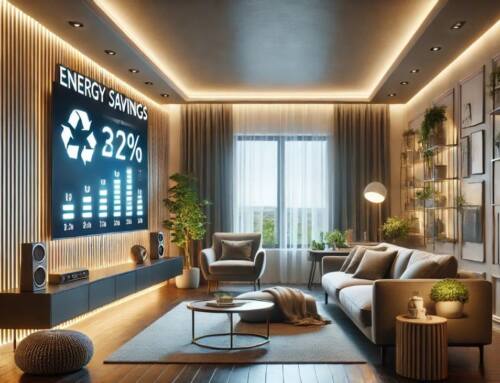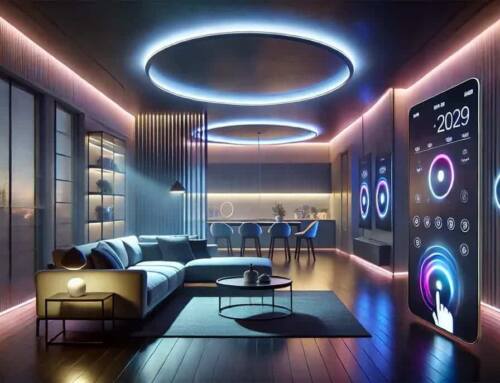Maximizing Power Supply for Multiple LED Strips
Basic questions like how many LED strips per power supply are often-times overlooked when setting up a new lighting application.
Technology advances and new functionality is creating a whole new and fascinating world to explore. It’s common to want to jump into the technology and find ways to make the most of them. Everyone wants to learn as much as possible as quickly as possible. But if you don’t know the basics, you won’t be able to get the most out of the technology.It’s almost like wanting to learn how to code, but not knowing how to turn on a computer.
The same analogy can be applied to your LED strip lights and their provided power supplies. Your imagination runs wild and can see all the magical effects that can be produced through different lighting techniques. Well, hold your horses, buddy. There are some things you need to know before you start jumping into the world of lighting design.
A question we’re frequently asked is, how many strips to one power supply you can use, so I thought that would be a good focus for this post.
Determine the Number of LED Strips Needed
Calculating the current draw of LED strips is an important part of the installation. If it’s not done correctly you risk burning out your LED strip or power supply circuits. You can read a great explanation of why you shouldn’t overestimate here. Determining the number of LED strips needed for one power supply isn’t as difficult as it might sound, once you understand the calculation it’s easy.
In the video provided above, we use a 400 watt power supply and a dual density RGB LED strip. The math to find out how many strips you can use for this power supply is fairly simple.
Take the amount of watts specified in your power supply datasheet and divide it by the number of watts your LED strip consumes. That’s it, there’s nothing more to it. Below is an equation for the problem.
So, let’s take for example the 400 watt power supply and the 48 watt power supply. Divide the 400 watts from the power supply by the 48 watts from the dual density RGB LED Strip. You can follow the example below.
You might be thinking, “Hey, I can get away with using 8 LED Strips because the math provided tells me I can!” However there are a few issues with that, you don’t want to run the power supply at full capacity because it can shorten the life of your power supply due to things like overheating. We recommend running a power supply at around 75% capacity to avoid any issues in the long run.
Therefore, we have a new equation to figure this out. Just adapt the equation and plug in the numbers and do the same order of operations.
Incredibly simple? Of course it is. Your result should be rounded to the nearest whole number; to get the optimized solution and be on the safe side.
Begin Your Journey Into the Unknown
Now that you know the essentials for getting started, you can jump into new more advanced applications. After you get the hang of this, try learning a little more about programming your LED strips or getting the most out of your display. Learning how to solder LED strips is also a pretty fascinating skill.
Check out our full line of power supplies for all of your LED lighting needs.












Leave A Comment
You must be logged in to post a comment.